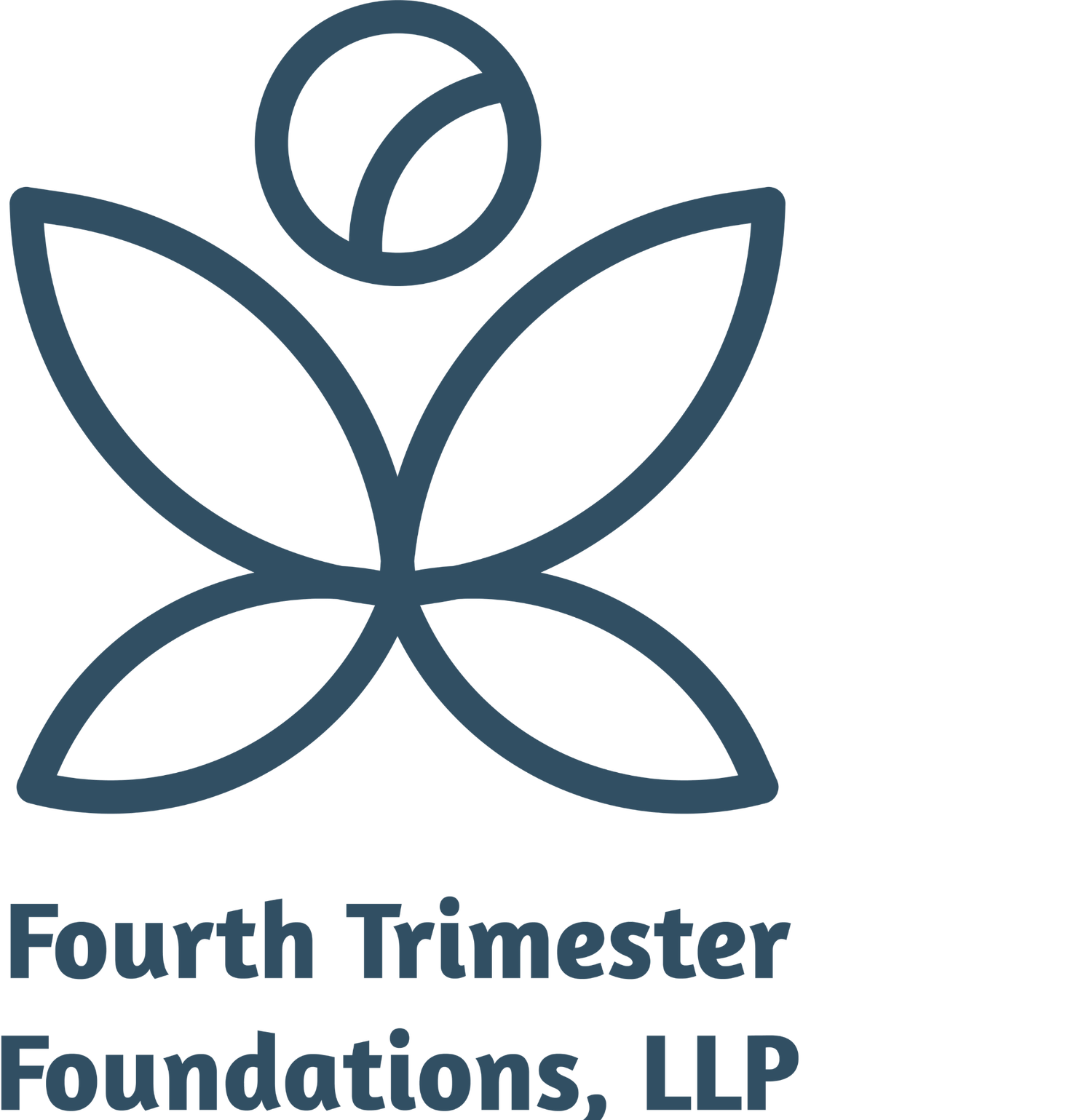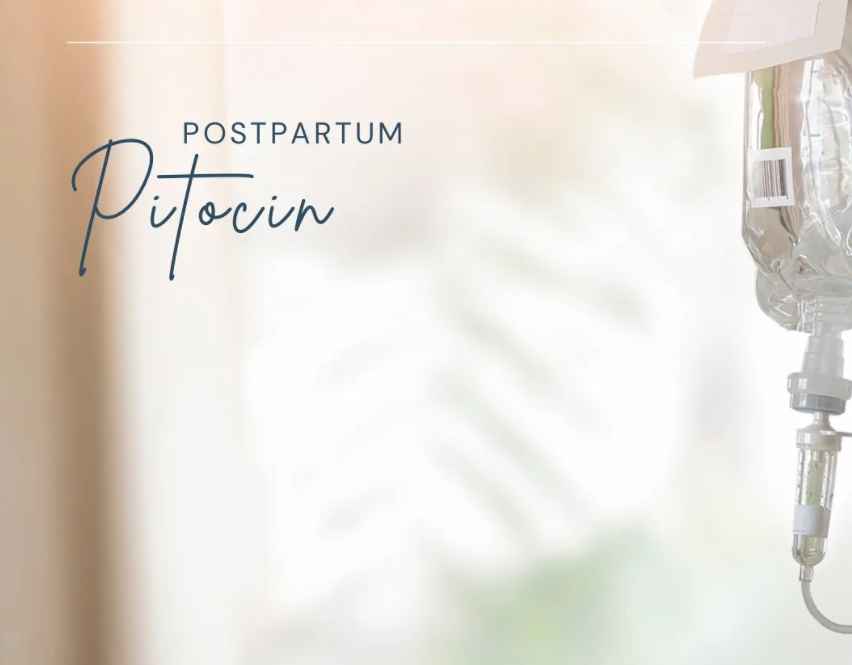Postpartum Pitocin
A charged word in the world of childbirth. You might’ve heard of its use during labor for things like augmentation or inductions, but maybe you didn’t know that it is also routinely used in the immediate postpartum period. Here’s more on that:
💉It is most commonly administered by IV, but can also be given as an intramuscular injection.
💉It is routinely given in the third stage of labor (aka delivery of the placenta) as a means of active management to prevent postpartum hemorrhage.
💉There is evidence that this practice may reduce blood loss <500mL (5% vs 15%), however it is unclear whether it can prevent blood loss of 1000mL or greater (source: evidence based birth).
💉Risks of postpartum pitocin include increased need for pain medication related to afterbirth pains (5% vs 2%), increased risk of returning to the hospital for excess bleeding (3% vs 1%), and a possible increased risk of developing postpartum depression (the jury is still out on this one, but studies are looking at the relationship).
💉Most birth facilities will develop their own guidelines for administering pitocin postpartum based on these recommendations: some specify a certain number of IV bags to be administered, others a certain number of hours of infusion.
If you plan to discuss the use of pitocin in labor with your provider, we suggest you also add discussing its postpartum uses to your list! It is often overlooked and we want you to have all the opportunity you desire to decide what sort of management is right for you!
Your postpartum nurses Meg and Carly here to prepare you for postpartum and beyond. We want to make sure you have the education you need to care for your own healing body after birth, not just your baby.
Postpartum prep courses occurring virtually and regularly intended to be taken during pregnancy are now open for registration. Our return to work support group is pay what you can and supports that tough back to work transition. Then join us in our online community for the growth, support and empowerment to continue <3


